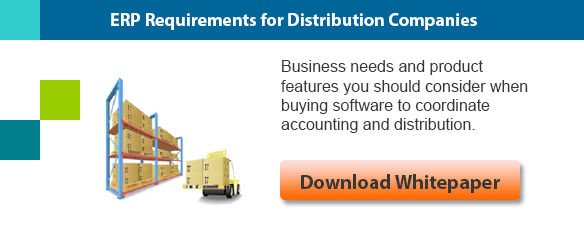Radio Frequency Identification (RFID) works a lot like barcodes letting you scan products, or anything else you put a barcode on, and instantly get serial and product information on that object. The big difference is that barcode scanners physically need line-of-sight to the barcode while RFID can automatically read a tag if it is within range.
Check out my post on RFID vs Barcodes for more information on how these technologies compare.
The Spread of RFID
Retailers have a lot more reasons to love RFID than distributors, so any push towards RFID is going to come from retailers. While RFID is not a requirement now, as prices go down and competition goes up retailers are going to start insisting on RFID.
In fact, some of them, like Walmart, have already started insisting on RFID as a requirement for all of their suppliers. The initiative failed, but that doesn’t mean that they won’t take the lessons that they learned and push RFID again when the technology is ready.
It is pretty safe to assume that RFID requirements are going to come from the biggest retailers. If you supply these types of retailers, then you will want to pay more attention to the technology than if you tend to supply smaller stores with niche products.
Products Suitable for RFID
One of the reasons RFID did not become widespread when retailers first started pushing for it is that cheap RFID tags cost 10-30 cents each. While these prices will come down, the tags still aren’t suitable for high-volume, low-margin products.
Distributors of high-margin products should expect RFID requirements sooner.
Metal and water interferes with RFID signals. Products that interfere with the signal will either require more expensive tags to overcome these limitations or they will have to be packed so that the tags face out.
However, the manufacturer will likely be the ones to bear the costs of more expensive tags or changes to packing pallets.
International Products
The general consensus is that manufacturers will be the ones to add RFID tags and that distributors will implement scanners for improved visibility and accuracy.
The main problem for distributors who import international products is that the standards used in North America are incompatible with the standards in Europe and Japan.
If this problem isn’t sorted out, you may be required to tag items imported from abroad, whether they have already been tagged with a competing standard or come from an international supplier that isn’t feeling the same pressure to use RFID, to match the local standard.
Signing up new international suppliers will become more difficult if they previously only worked on the local standard.
Having inventory that uses competing RFID standards may require you to purchase two sets of scanners and integrate them both with your ERP system.
Inventory Accuracy
RFID is going to expose every little error in your inventory counts, so inventory accuracy is going to need to be to a lot tighter.
RFID will help you improve your inventory accuracy as well and speed up quality checks on outgoing shipments. But if the retailer’s implementation gets too far ahead of yours, expect more chargebacks while you catch up.
The Future of RFID for Distributors
For all of the difficulties switching to RFID so far, its eventual adoption seems inevitable.
While the switch to RFID will undoubtedly involve some pain, RFID combined with Electronic Data Interchange (EDI), will help you tighten up your inventory, improve accuracy of all types of inventory counts while reducing the effort, and it will reduce ship-to-shelf cycle times.
The costs may still be prohibitive, but they are coming down and RFID will eventually be a requirement for a large portion of distributors.







